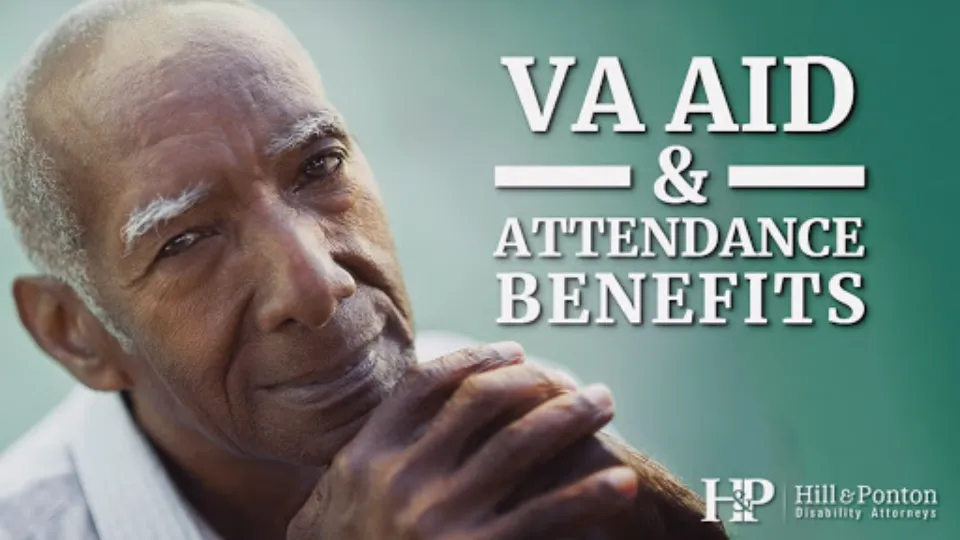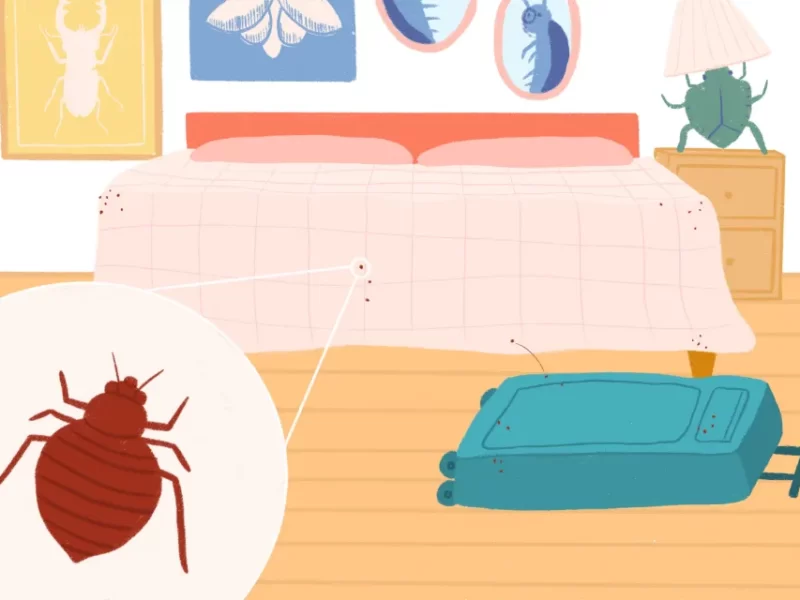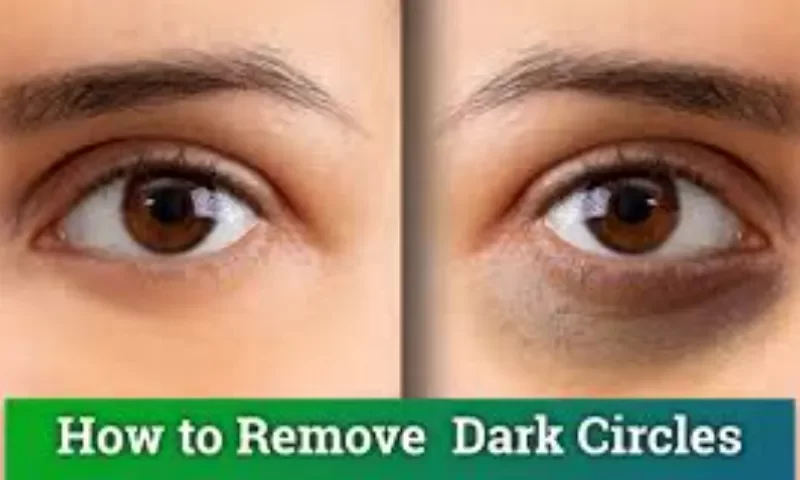The burden of U.S. military service members can be significantly reduced by VA Aid and Attendance benefits, also referred to as a Housebound benefit. veterans who struggle with day-to-day household tasks and self-care. If you believe you may be eligible, it is wise to familiarize yourself with the specific requirements as well as other details regarding the VA Aid and Attendance program’s operation.
The VA Aid and Attendance (A&A) application process consists of three main steps: learning which documents you must send to the VA; filling out the appropriate VA application forms; and mailing your printed application forms and all required documents to the appropriate pension processing center.
For a thorough explanation, continue reading.
What is VA Aid and Attendance?
For qualified Veterans and survivors, VA Aid and Attendance or Housebound benefits offer monthly payments in addition to a VA pension. Find out if you are eligible if you require assistance with daily tasks or are housebound.
VA Aid and Attendance Eligibility
If you receive a VA pension and satisfy at least one of these criteria, you might qualify for this benefit.
At least one of these must be true:
- You need another person to help you perform daily activities, like bathing, feeding, and dressing, or
- You have to stay in bed—or spend a large portion of the day in bed—because of illness, or
- You are a patient in a nursing home due to the loss of mental or physical abilities related to a disability, or
- Your eyesight is limited (even with glasses or contact lenses you have only 5/200 or less in both eyes; or concentric contraction of the visual field to 5 degrees or less)
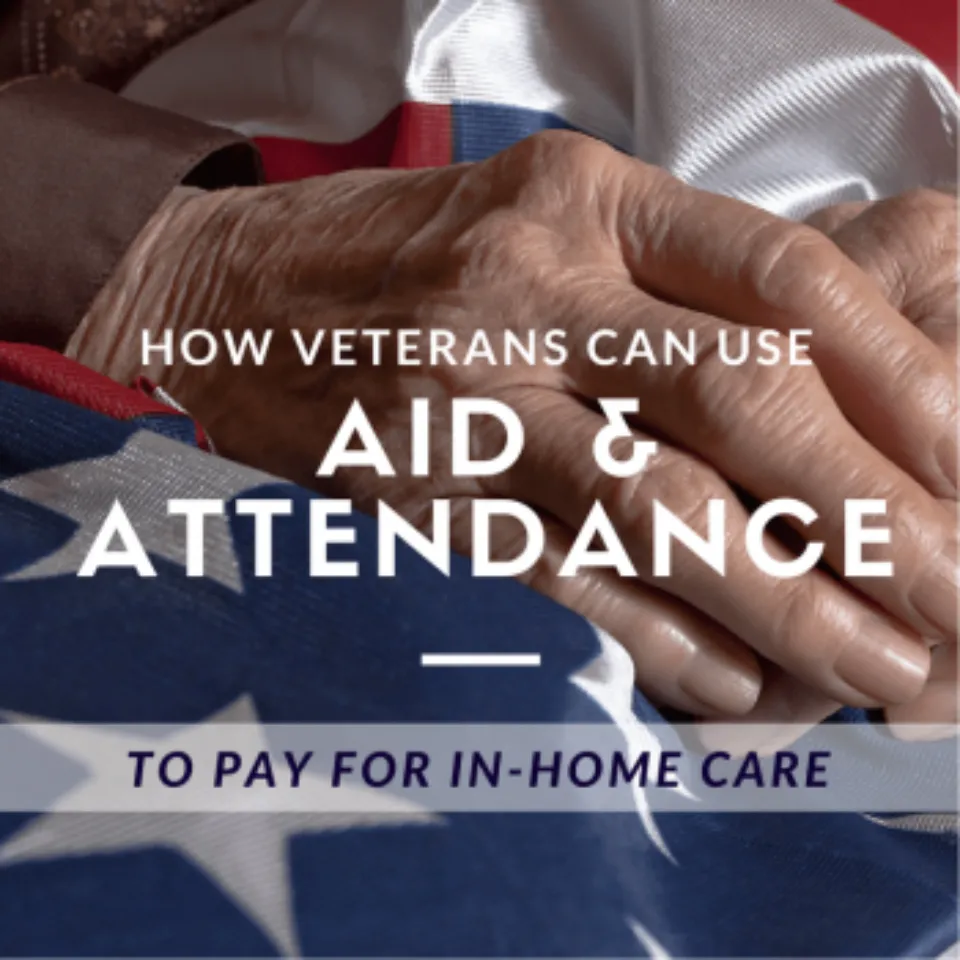
Housebound Benefits Eligibility
If you receive a VA pension and spend the majority of your time at home due to a permanent disability (a disability that doesn’t get better), you might be qualified for this benefit.
Note: Aid and Attendance and Housebound benefits cannot be received concurrently.
How to Get VA Aid and Attendance?
There are three main steps in the VA Aid and Attendance (A&A) application process:
- Learn which documents you’ll need to send to the VA
- Fill out the correct VA application forms
- Mail your printed application forms and all the documents to the correct pension processing center
Step 1: Prepare Documents You’ll Need to Send to the VA
All A&A applications must include these documents, which can take some time to track down:
- Copy of current year Social Security award letter
- DD-214 military discharge documents (originals only; no copies). Note: You can request official replacements for lost originals from the National Archives
- Proof of all assets (bank and investment statements) and income
- Proof of insurance premiums and unreimbursed medical expenses
Not every family needs to submit the same supporting documentation because their circumstances vary slightly. A marriage license, death certificate, or statement of occupancy from a nursing home, for instance, may or may not be required to be included.
The tables below can show you which additional documents are strongly advised and which, if applicable, may be required.
Step 2: Fill Out the Correct VA Application Forms
Again, some forms are required for every application:
- Basic Pension Form for Veterans, including Section X Medical Expense Report, or the form for Surviving Spouses
- Examination for Housebound Status of Permanent Need for A&A
- Request for Nursing Home Information in Connection with Claim for A&A
Other forms listed in the tables below are highly suggested, such as the Authorization to Disclose Information to a 3rd party, where you can speak with the VA about your parents’ application if they require assistance.
It is advised that you request a Statement in Support of a Claim form if you have power of attorney over your parent and need to ask for a VA fiduciary assignment. You can find out which forms you must complete by reading the entire list below.
Step 3: Mail
Keep copies of everything in the application packet as well as any other communications you have with the VA. To ensure that the VA receives your application, we strongly advise that you send it via USPS Certified Mail Return Receipt.
Applications for pension benefits are processed by three regional centers run by the VA. Send the application to the office designated for the state where the veteran or spouse resides.
If the applicant lives in AL, AR, IL, IN, KY, LA, MI, MO, MS, OH, TN, or WI:
Mail the application to:
Department of Veterans Affairs
Claims Intake Center
Attention: Milwaukee Pension Center
PO Box 5192
Janesville, WI 53547-5192
If the applicant lives in AK, AZ, CA, CO, HI, IA, ID, KS, MN, MT, ND, NE, NM, NV, OK, OR, SD, TX, UT, WA, WY, Central America, Mexico, South America, or the Caribbean:
Mail the application to:
Department of Veterans Affairs
Claims Intake Center
Attention: St. Paul Pension Center
PO Box 5365
Janesville, WI 53547-5365
If the applicant resides in one of the following states or any other foreign country that the St. Paul Pension Center (above):
Mail the application to:
Department of Veterans Affairs
Claims Intake Center
Attention: Philadelphia Pension Center
PO Box 5206
Janesville, WI 53547-5206
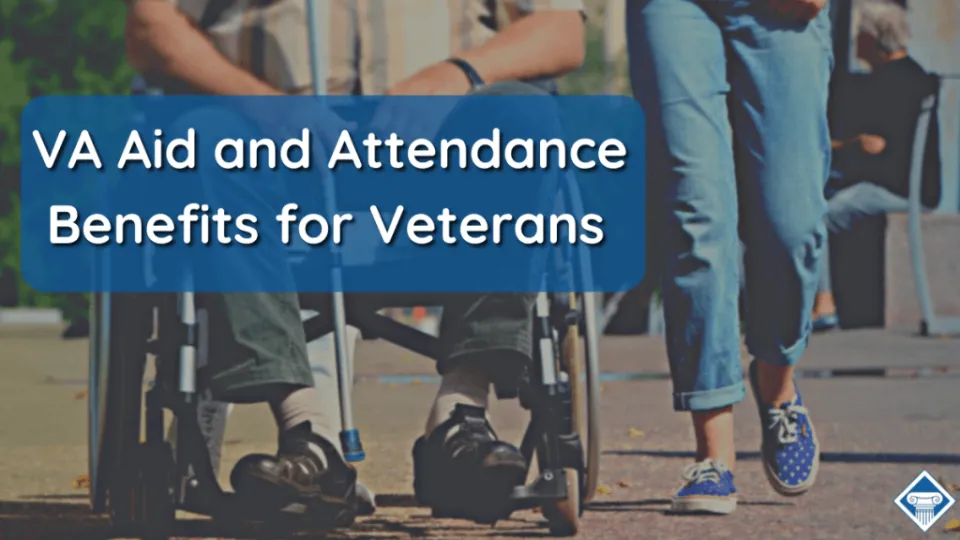
What is the Income Limit for VA Aid and Attendance?
VA Aid and Attendance currently has a monthly countable income cap of $1,644 and an annual cap of $19,736. The VA will also take into account your net worth, which is defined as your assets plus your income and is capped at $129,094 up until December 1, 2020, in addition to your countable income.
But because it fluctuates annually to take inflation into account, this number is a moving target. Assets are any stocks, bonds, mutual funds, bank accounts, or real estate that isn’t your primary residence, according to the VA’s definition when evaluating your application. The VA will permit you to deduct a portion of your annual expenses from your income before calculating the total.
Summary
Veterans with disabilities and their caregivers may find it easier to manage their enormous financial burden thanks to VA aid and attendance benefits. If you believe you are eligible, it is up to you to decide whether this additional financial veteran benefit is appropriate for you, your spouse, and those you care about. You can decide whether to continue applying for VA aid and attendance benefits based on the information provided here.
FAQs
At What Age Does VA Disability Stop?
Because a veteran gets older, their VA disability doesn’t end. The veteran’s lifetime is covered by VA disability benefits.
Does VA Disability Last a Lifetime?
If VA grants you a rating of 100%, it may also designate you as totally and permanently disabled. If you are given this designation, you will never lose your benefits. Only if VA later finds out you fraudulently obtained your benefits will this rule not apply.

